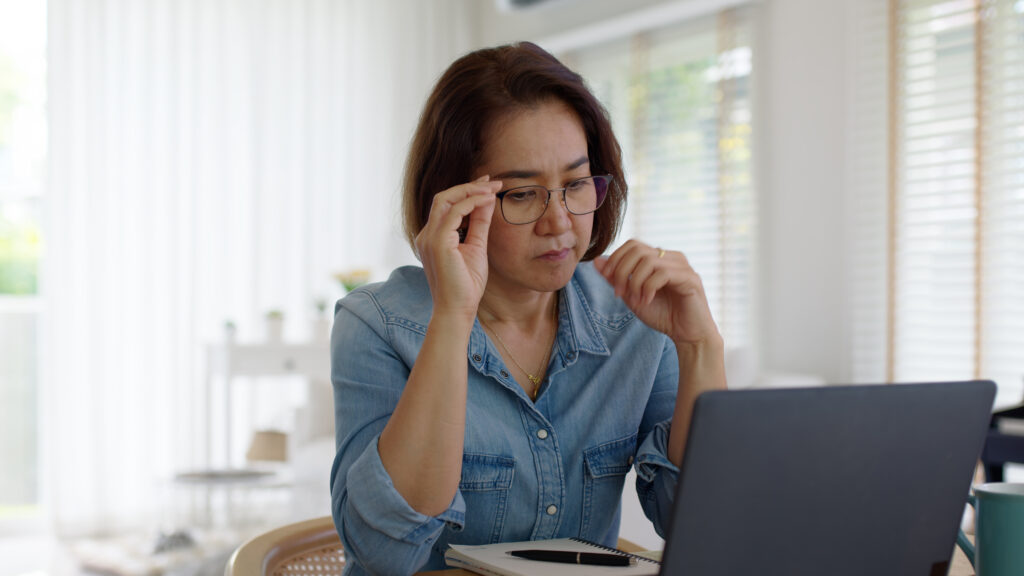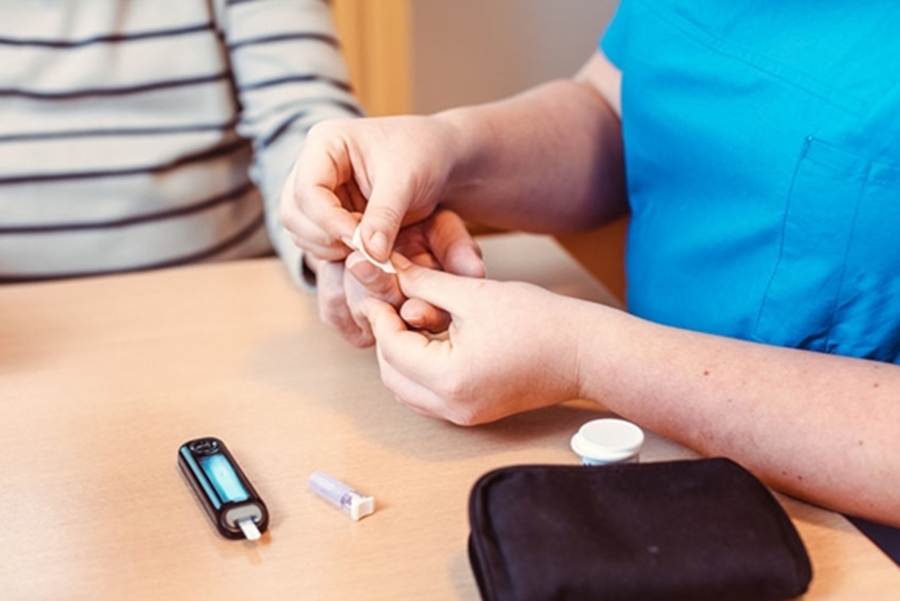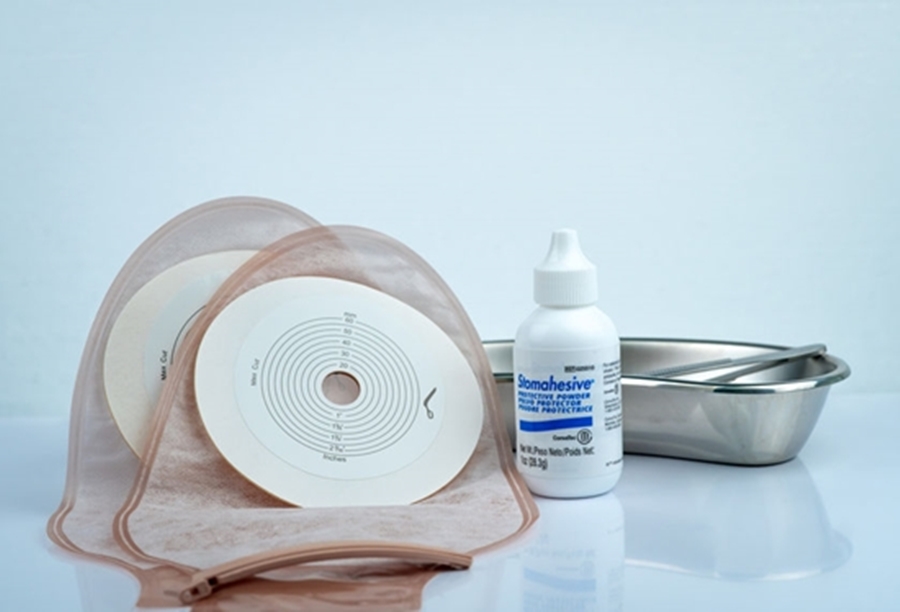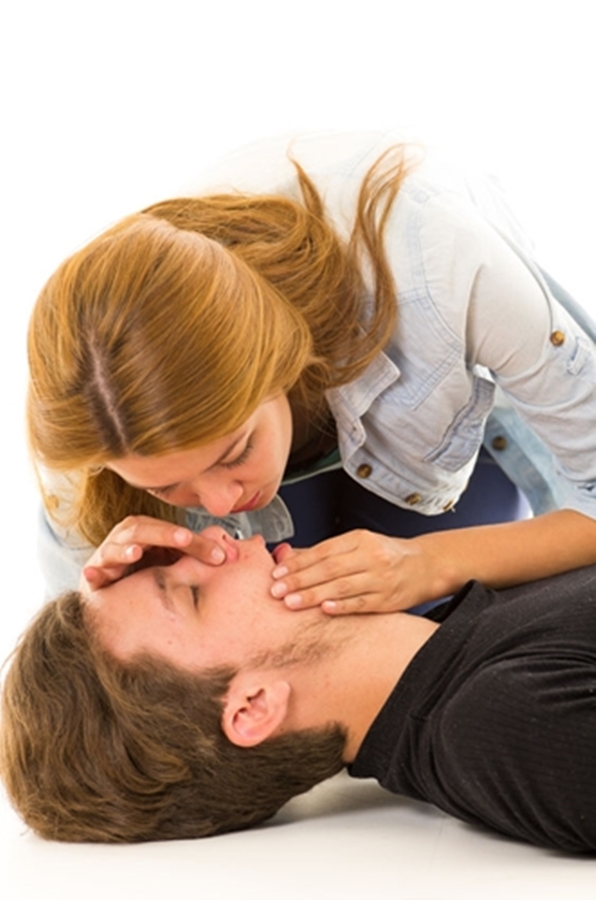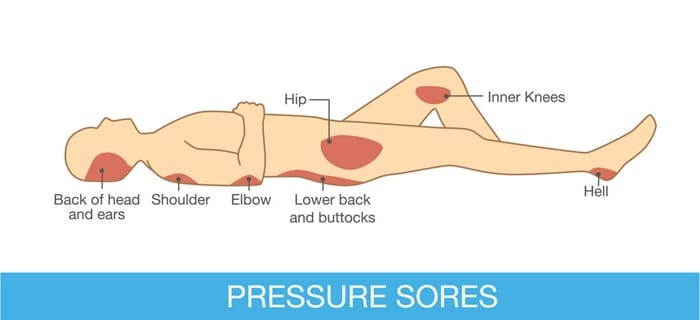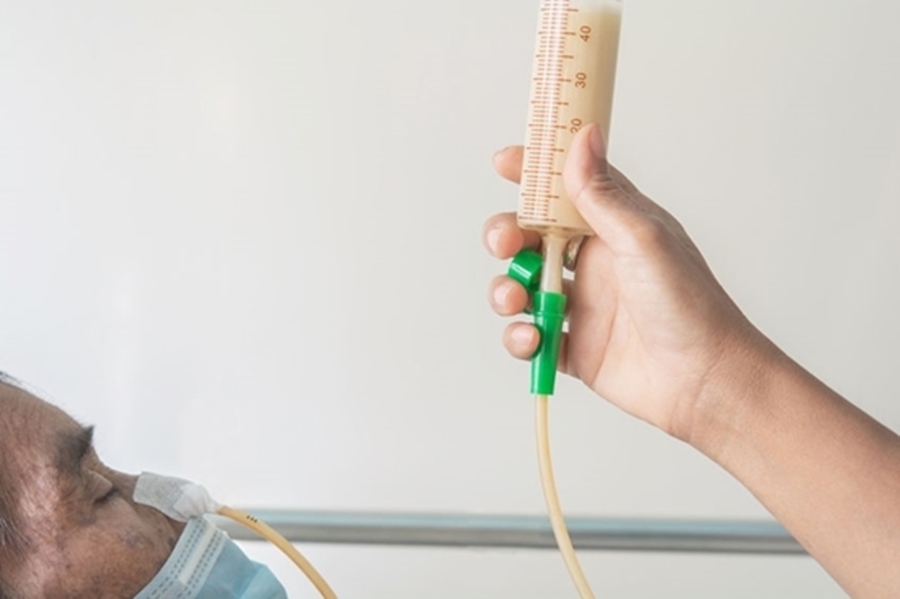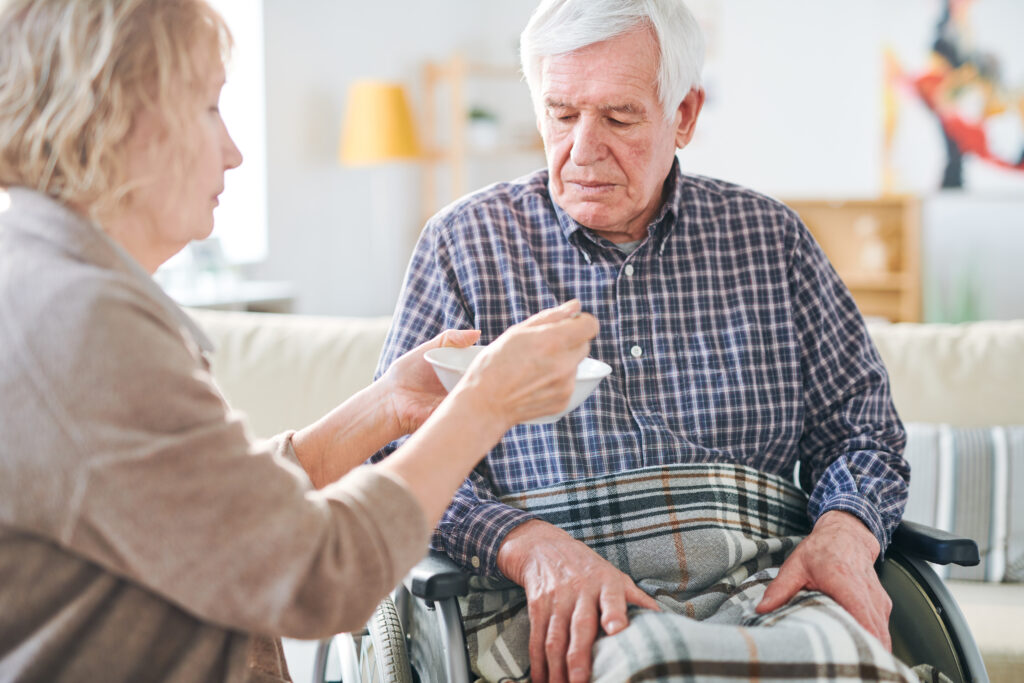
Caregiver Fundamentals
When providing care to someone, being successful in their recovery requires more than just knowing how to change a dressing or give medication. It also requires that you know warning signs of trouble and how to correct them. If you think something is wrong, you need to confirm that what you think is true is correct. Before you make any changes, confirm something is wrong by comparing the current state to normal for that organ/body part. Call your family member’s doctor, remembering to share your family member’s pertinent medical history.
Caregiver Fundamentals provides a series of independent medical topics related to fundamental care areas. In addition, I offer multiple video links from YouTube so you can see the procedures performed by someone.
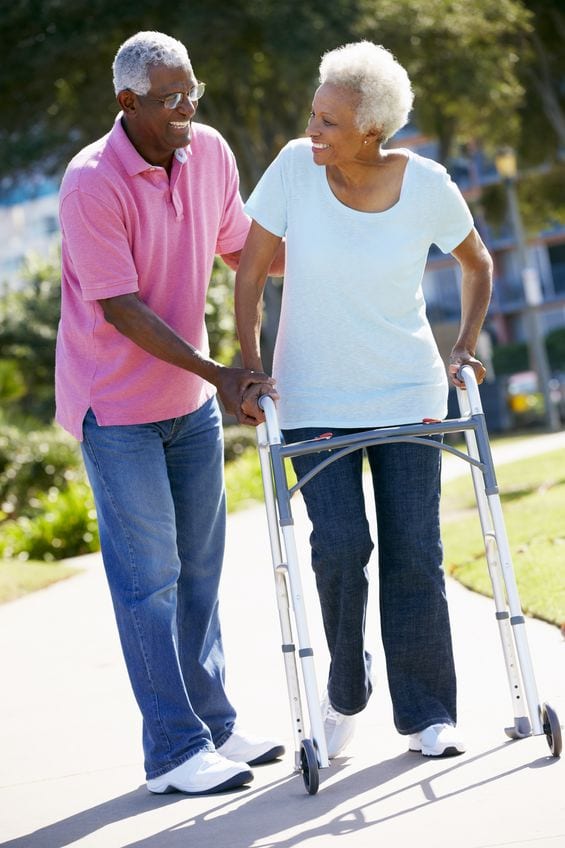
Body Mechanics
Body mechanics refers to how you hold your body as you move around and change positions. Using good body mechanics means using good posture and keeping your back in a neutral position (not too curved or flat), lifting with your legs and not your back. When regularly using proper body mechanics, a caregiver can avoid muscle fatigue and injuries as you walk, lift, and bend over.
When incorrectly lifting and moving someone, a caregiver can receive a serious injury to any muscles in use. Sometimes the slightest movement in the wrong direction can result in a lifetime injury. Learn the best way to reposition, lift, move, transfer, and assist someone in daily care activities and what equipment is available to assist with moving, as well.
Caregiving Videos
A picture is worth a thousand words when trying to learn what to do for the first time. Links to videos from Youtube show caregivers what to do and how to do it.
Infection Control
We find germs all around us in the air we breathe, on the ground and surfaces we touch, in what we eat or drink, and within and on our bodies. Some germs help keep us healthy while making us sick. God created our bodies with an amazing immune system that attacks bad germs and infections to destroy; however, our bodies do not always work as they should. Sometimes our immune system doesn’t work correctly. Other times, the immune system the germs overwhelm by the large number that enter the body or because the germ is too powerful for the body to defeat.
Infection control helps us protect the body by decreasing the risk of encountering germs we cannot defeat. Through using cleaning techniques, barriers to prevent germs from getting to us, and safety measures to prevent exposure to germs, we stop the risk of harm before we have to fight the infection.
Monitoring Health
When you care for someone for any length of time, you come to develop a sixth sense about their welfare. For example, you can hear the difference in how they breathe and know they are developing congestion. You see the slight change in their coloring and realize they have a fever before it’s high enough to cause any concern. You sense something is “off” about them, and often, you are correct. However, the medical community doesn’t always listen to your sixth sense, so evidence to prove what’s wrong works better for you when calling the doctor.
Monitoring Health reviews how you can compare normal to abnormal findings and helps you determine what you need to tell the doctor when you call. You can also find out about some of the helpful home monitoring devices available to track how your family member is doing, so you don’t have to go to an urgent care center just to find out what a blood sugar level might be.
Ostomies
Ostomy is a medical term that describes the creation of an opening from the inside of the body to the outside of the body. The stoma (opening to the ostomy) is on the outside of the body and usually covered by a pouch (bag). Ostomies may be permanent, usually when an organ no longer works correctly, or temporary, such as when an organ needs time to rest while it heals. When a person gets an ostomy, they must learn how to clean around it to keep the skin from breaking down, apply the bag (also called an appliance), empty and change it, and what to do if there are problems with it. Click on “Learn More” to discover how to care for someone with an ostomy.
Responding In Emergencies
We all hope we will never be faced with an emergency but trying to figure out what to do if one occurs is not the right time. Seconds count in an emergency. Emergency Departments speak of the golden hour when they have the best chance of saving the life of an emergency victim. If you know how to recognize a crisis and how to respond quickly, you could save a life.
Everyone has seen CPR performed on television. As one who used to teach CPR for years, I can assure you that what you see on TV is rarely performed correctly. The techniques for adults, children, toddlers, and infants are different. How you handle the situation if you are alone or if someone is there to help you is also different. Look over the information provided here to get an idea of what to do in an emergency, and if you’re interested, there’s a discount offered to take an online course to learn what to do in case you face an emergency at home.
Skin Integrity
The largest organ in the body is the skin. It not only holds us together, but it keeps out foreign bodies and nasty organisms. It helps regulate our body temperature and keeps us from burning up or freezing to death. The sweat glands that run through the skin help cool us off, and the blood vessels deliver food, oxygen, and nutrients throughout our body. It’s an amazing organ and one we often take for granted.
Tubes, Catheters, and Drains
Often, family members come home from the hospital with Tubes, Catheters, and Drains in place for a caregiver to manage. However, knowing what to do after discharge can be confusing. Learn more through viewing videos, step-by-step instructions, and tips for providing care in the posts provided for caregivers.
Most of these resources were produced for hospital staff training and showed the actors using sterile techniques. In your home, you don’t have to use sterile gloves and equipment; however, if you can, it helps prevent infection even more. The closer to sterile technique you can do, the better. If you cannot afford sterile gloves, do excellent clean technique handwashing. Remember, you are introducing germs into your body when you put anything in it that is not sterile. Therefore, you want it as clean as possible because you never know what has walked into the door with you from off the street.

